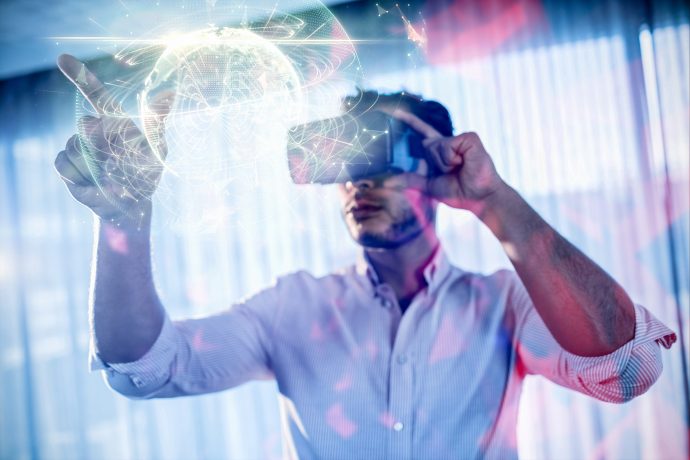
Virtual Reality (VR) and Augmented Reality (AR) are two of the hottest topics in the tech world today. Despite being relatively new technologies, they are already having a major impact in a variety of industries – including marketing.
In this blog post, we will take a look at the impact of VR and AR in marketing. We will discuss what VR and AR are, their applications in marketing, and the potential and limitations of VR and AR in marketing. We will also look at the future of VR and AR in marketing and how these technologies are likely to shape the marketing landscape in the years to come.
What is Virtual Reality?
Virtual Reality (VR) is a computer-generated simulated environment that can be experienced through a headset. VR allows users to experience a three-dimensional, 360-degree world that is completely immersive.
What is Augmented Reality?
Augmented Reality (AR) is a type of technology that overlays digital data on top of what is real and tangible. AR can be experienced through a headset, or it can be experienced through a phone or tablet using a mobile app.
The applications of VR and AR in marketing
There are a number of ways in which VR and AR can be used in marketing. Some of the most popular applications of VR and AR in marketing include:
- Product demonstrations and trials
- Event marketing and branding
- Location-based marketing
- Advertising and brand experiences
The potential of VR and AR in marketing
VR and AR offer a number of potential benefits for marketing. Some of the most significant potential benefits of VR and AR in marketing include:
- Increased engagement – VR and AR can make marketing experiences more engaging and immersive, which can lead to more sales
- Greater customer satisfaction – VR and AR can allow customers to trial products before they buy, ensuring that they are happy with their purchase.
- Increased customer loyalty – VR and AR can create loyalty-building experiences that keep customers coming back for more.
- Increased ROI – VR and AR can be used to create high-impact, cost-effective marketing experiences.
The limitations of VR and AR in marketing
Despite the potential benefits of VR and AR in marketing, there are a number of limitations that need to be considered. These limitations include:
- The cost of VR and AR technology – VR and AR technology can be costly to develop and implement.
- The need for specialist skills – VR and AR require specialist skills and knowledge to create and execute successfully.
- The risk of customer alienation – VR and AR experiences can be so immersive that they risk alienating customers who are not interested in the technology.
The future of VR and AR in marketing
VR and AR are still in their early stages, but they are already having a major impact in marketing. In the future, VR and AR are likely to become even more commonplace in marketing, as businesses look to create ever more immersive and engaging experiences for their customers. If you want to learn about upcoming marketing strategies or other common marketing strategies, read our blog page or visit our contact page to connect with us.

